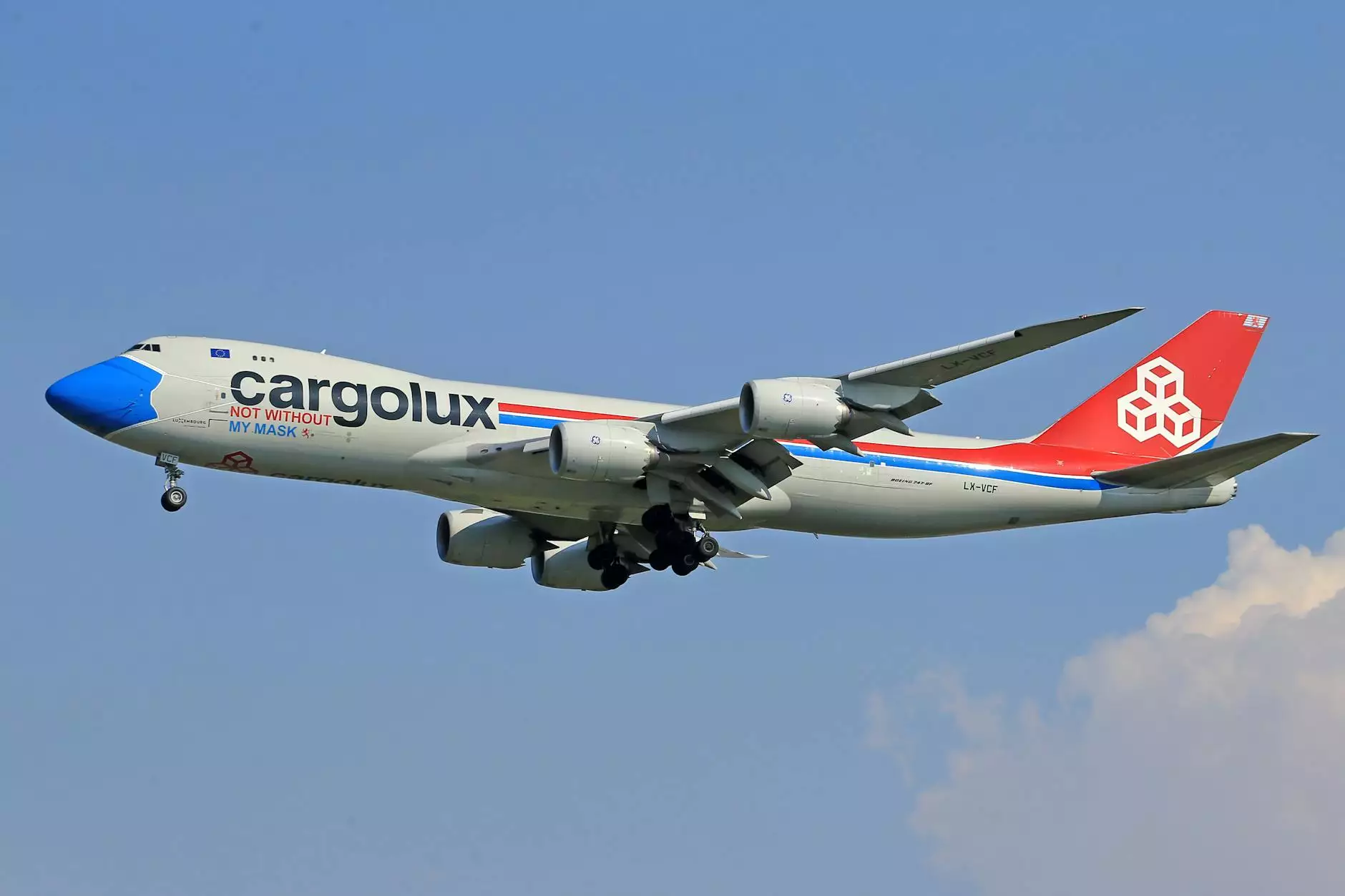Understanding Air Freight Shipping Rates: Comprehensive Insights

In the fast-paced world of logistics and transportation, understanding air freight shipping rates is crucial for businesses that rely on the rapid delivery of goods. This guide delves into the various aspects of air freight, what affects shipping rates, and how businesses can optimize their shipping strategies for maximum efficiency and cost-effectiveness.
What is Air Freight?
Air freight refers to the transportation of goods via aircraft. This method is favored for its speed and efficiency, particularly for international shipping of time-sensitive products. Companies utilize air freight to move goods ranging from perishable items to high-value electronics across vast distances in a fraction of the time it would take via land or sea.
The Importance of Air Freight in Global Logistics
In today's global economy, businesses depend on air freight not just for speed but also for reliability. The ability to send and receive products quickly can significantly affect a company’s ability to compete. Moreover, air freight allows for:
- Faster Delivery Times: Shipments can reach their destination in hours rather than days or weeks.
- Access to Global Markets: Businesses can easily tap into international markets, enhancing opportunities for growth.
- Improved Inventory Management: Quick turnaround allows for better inventory control and reduces the need for large stockpiles.
Factors Influencing Air Freight Shipping Rates
Understanding the factors that contribute to air freight shipping rates is essential for businesses to manage their logistics expenses effectively. Here are some of the key elements:
1. Weight and Volume
Shipping costs are often determined by the weight or volumetric weight of the shipment, whichever is greater. The formula for volumetric weight is:
Volumetric Weight = (Length x Width x Height) / Dimensional Weight Factor
Airlines use this calculation to ensure that they charge for the space occupied by the cargo, not just its physical weight.
2. Distance and Route
The distance between the origin and destination points also significantly impacts the shipping costs. More direct routes typically incur lower charges, while complex or indirect routes may lead to higher rates due to increased handling and transport time.
3. Type of Cargo
The nature of the cargo affects pricing; for example, dangerous goods require special handling and documentation, which can increase shipping costs. Similarly, sensitive or perishable items such as food or pharmaceuticals may need climate-controlled environments, adding to the total cost.
4. Season and Demand
Shipping rates can fluctuate based on seasonal demand. For instance, during peak holiday seasons, rates may increase due to heightened demand for air transport services. Businesses should plan their shipping for these peaks to avoid excessive costs.
5. Carrier Choice
Different carriers have varying pricing structures, reliability, and service levels. It's wise for businesses to shop around and choose a carrier that offers the best balance of cost, speed, and reliability based on their specific needs.
Analyzing Air Freight Shipping Rates for Cost Management
To manage air freight costs effectively, companies should regularly analyze their shipping expenses. Here are some strategies that can help:
1. Negotiate Contracts with Carriers
Establishing a strong relationship with freight carriers can open the door to better rates. Consider negotiating long-term contracts if you have consistent shipping volumes, which can result in discounts and more favorable terms.
2. Utilize Freight Forwarders
Freight forwarders can provide expertise and leverage their networks to secure better shipping rates. They can help streamline logistics and reduce costs that may not be apparent when dealing directly with carriers.
3. Implement an Efficient Inventory Management System
Efficient inventory management can minimize air freight expenses. By aligning inventory levels more closely with demand forecasting, businesses can reduce the frequency and volume of emergency shipments that typically require air freight.
4. Analyze Import and Export Patterns
Understanding seasonal patterns in supply and demand can help businesses plan their freight needs effectively. By shipping during off-peak times, companies can often secure lower rates.
Emerging Trends in Air Freight
The air freight industry is continuously evolving. Staying informed about emerging trends can provide a competitive edge. Key trends include:
1. Sustainability in Air Freight
With increasing environmental concerns, many logistic providers are exploring greener practices. This includes investing in more fuel-efficient aircraft and adopting alternative fuels, which may impact air freight shipping rates and business costs in general.
2. Technological Advancements
Modern technology plays a pivotal role in air freight efficiencies. Innovations such as real-time tracking, automation in warehousing, and predictive analytics are becoming standard offerings in the industry.
3. E-commerce Growth
The rapid growth of e-commerce is significantly influencing air freight. Online retailers are increasing their reliance on air transport to meet customer expectations for fast delivery, which is prompting more competition among air freight service providers.
Conclusion
Understanding air freight shipping rates is essential in today’s competitive business environment. Factors such as weight, distance, type of cargo, and seasonal variations significantly influence costs. By employing effective strategies to manage these rates, businesses can enhance their logistical capabilities and maintain a competitive advantage in their respective markets.
About Cargobooking.aero
Cargobooking.aero is dedicated to providing comprehensive solutions in the realm of air freight logistics. Whether you need insights for shipping centers, transportation strategies, or information about airports, we are here to support your business with cutting-edge solutions tailored to your unique needs.









